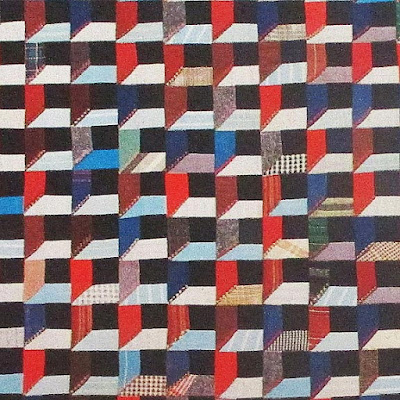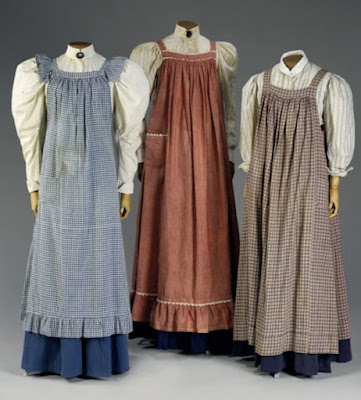I've been Photoshopping---I'm a lot better at that than sewing.
And I made some fabric: Harris President 2024
I uploaded it to Spoonflower.com where you can order a scrap, a fat quarter or
a yard on cotton.
Arrow points to my print at my Material Culture shop, reproduction 19th century style print.
If you are new to Spoonflower.com....
Create an account there.
Shop.
Search for Harris President 2024.
It's about $12 $20 a yard.
UPDATE: Often on sale. Here are two traditional prints I designed:
Make yourself a simple zipper pouch out of a fat quarter.
I found Amanda at Jedi Craft Girl's pattern for a small pouch
to hold your sewing supplies and hopes for America's future.
Here's Amanda's how-to.
If you'd rather print some fabric yourself here is a free jpg.
Print it out on pretreated cotton (available from ElectricQuilt.) Two 11 x 8" sheets should make a pouch cover. You may notice that Spoonflower is better at making a repeat than I am. But the price is right on the red print.













































